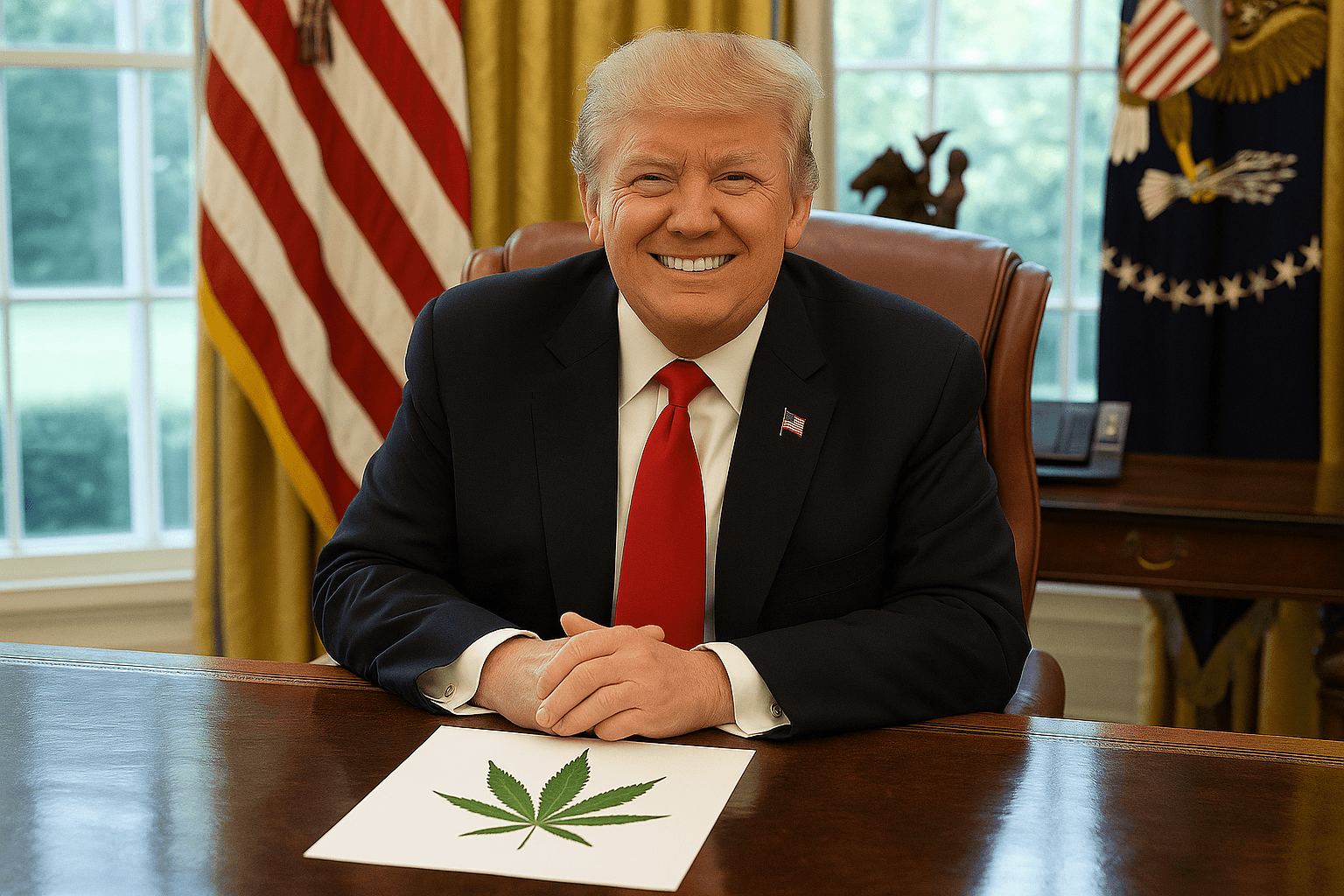Moody's Credit Rating Downgrade: How Partisan Dysfunction Has Tanked America's Financial Credibility

WASHINGTON, DC - The US House of Representatives passed the One Big Beautiful Bill Act by a single vote right before lawmakers left DC for Memorial Day weekend. As the bill continues to be dissected and scrutinized in the media, its advancement to the US Senate will no doubt cause another story to resurface.
Specifically, the recent downgrade to the United States’ credit rating by Moody’s Investors Service on May 16 – especially as economic forecasts point to increased debts and deficits under the bill that will make interest on the national debt the second-largest federal budget item behind Social Security.
Moody’s warned in March that the growth of US debt – if unaddressed – would lead to a downgrade in the government’s credit rating. The agency was the last of the big 3 (Moody’s, Fitch, and S&P) to keep the US at the highest possible rating, Aaa, prior to last Friday’s downgrade.
Discussions about national credit ratings often fade quickly into the background of political and economic headlines. The Moody’s downgrade was in and out of the news before the start of the week. However, the implications of these ratings are profound and are worth understanding.
In this article, we examine the historical trajectory of Moody's rating of the US, how it compares to other credit rating agencies, the criteria Moody's uses in its evaluations, the typical triggers for downgrades, and why voters should pay close attention to Moody’s recent downgrade from Aaa to Aa1.
Especially since partisan gamesmanship and government dysfunction are at the heart of the decision.
A Historical Overview: Moody's and the US
Moody's began rating US sovereign debt in 1917 and assigned the country its highest rating, Aaa. Despite several fiscal crises over the past century — including wars, recessions, and political gridlock — Moody's never downgraded the US until May 2025. However, it has issued negative outlooks pointing to a downgrade if the US didn’t get its fiscal house in order.
Comparison: Moody's vs. S&P and Fitch Moody's was the only major credit rating agency that maintained a perfect rating for the US.
- S&P Global Ratings downgraded the US from AAA to AA+ in August 2011, citing political dysfunction around the debt ceiling.
- Fitch Ratings followed suit in August 2023, also citing political brinkmanship and a deteriorating fiscal outlook.
While all three agencies use similar quantitative and qualitative criteria, they differ in their sensitivity to political dynamics. Moody's has traditionally shown greater tolerance for what used to be seen as short-term political gridlock, placing more weight on the US economy's structural strengths. But as gridlock has gotten worse, it's been harder to overlook.
What Moody's Evaluates Moody's rating methodology includes four primary pillars:
- Economic Strength – Size, diversity, and resilience of the economy.
- Institutional Strength – Quality of governance, policy credibility, and rule of law.
- Fiscal Strength – Government debt burden and ability to service debt.
- Susceptibility to Event Risk – Exposure to political instability, financial shocks, or other unpredictable crises.
For the US, Moody's has long cited its unique advantages: the dollar as the world’s reserve currency, a strong rule of law, and deep capital markets. However, growing concerns about political dysfunction and rising debt levels have applied pressure on these traditional strengths.
Partisan Division and Government Dysfunction
One of the most significant and increasingly cited reasons behind recent downgrades and negative outlooks is the rise in partisan division and government dysfunction. Credit rating agencies are not only concerned with economic data but also with the effectiveness of governance.
Persistent hyper-polarization and party division, particularly surrounding the debt ceiling and budget negotiations, has raised doubts about the federal government's ability to manage its fiscal responsibilities. Both S&P and Fitch specifically mentioned political paralysis as a driving factor in their downgrades.
The inability of Congress to consistently agree on basic fiscal matters has led to repeated threats of government shutdowns and even the potential for debt default.
These events undermine confidence in the US government's willingness and ability to fulfill its debt obligations. Furthermore, the polarization within and between the two major parties has eroded the capacity for long-term fiscal planning, making it difficult to address structural deficits and implement necessary reforms.
Often Overlooked Aspects: While headlines focus on political dysfunction, several less-discussed factors also influence the U.S. credit rating:
- Entitlement Growth: Unchecked spending on healthcare and pensions adds to long-term fiscal pressure.
- Demographic Shifts: An aging population may reduce economic dynamism and tax revenues.
- Interest Rate Sensitivity: As rates rise, debt servicing becomes more expensive, especially with short-term debt rollovers.
- Geopolitical Risk: Domestic instability or loss of global influence could eventually erode the U.S.'s reserve currency privilege.
Why Voters Should Care
The credit rating of the United States has real-world consequences that affect every American:
- Borrowing Costs: A downgrade can increase interest rates on US Treasury securities, raising the cost of government borrowing.
- Federal Budget Impact: Higher interest costs mean less money for programs like Medicare, Social Security, and infrastructure.
- Market Volatility: A negative outlook or downgrade can shake investor confidence, impacting 401(k)s, pensions, and stock markets.
- Global Perception: The US credit rating influences global financial stability and the value of the dollar.
Moody’s downgrade serves as a warning. Without a serious course correction in how Congress handles debt and deficit spending – including the need for solutions that are not catered to a single party, entitlement reform, and a budget process that doesn’t kick the can down the road every quarter – the US risks graver economic outlooks.
The downgrade also serves as a reminder that these solutions will require systemic electoral changes. The current system – which incentivizes partisan gamesmanship and prioritizes political wins over lasting solutions – is only making things worse because the United States is showing that it cannot govern itself effectively enough to retain financial credibility.
 Shawn Griffiths
Shawn Griffiths







